During my career, I have used many different cameras for aerial photography, along with an endless assortment of lenses and accessories. However, despite the wide range of gear I’ve put to the test over the years, I rarely come across something that jumps out as truly unique. The SIGMA fp — the world’s smallest and lightest full-frame mirrorless camera — definitely fits that bill, and I recently had the opportunity to bring it along on one of my photo shoots.
Wanting to truly test it to the limit in terms of its capabilities, I decided to take it in the air. A few thousand feet up in the air to be more precise! Aerial photography is one of my favorite types of photography. The experience is unlike anything else, and it is very demanding of both your body and your equipment. Everything is obviously in constant motion, and as a result, you have to make nonstop adjustments to make sure you do not miss a shot, and that the shots you are taking are pin sharp. This is all done under continuous G forces pushing and pulling you on every turn, so having a camera that is easy to use is crucial.

The Gear: SIGMA fp and I series Lenses
For this shoot, I had two SIGMA fp camera bodies and three of the new SIGMA I series lenses — the 35mm F2 DG DN | Contemporary, the 45mm F2.8 DG DN | Contemporary, and the 65mm F2 DG DN | Contemporary.
The first thing that you notice about the SIGMA fp is the size and weight of the camera. It is a great deal smaller than traditional DSLRs or other full-frame mirrorless cameras on the market. At just 14.8 ounces (422g) including the battery, it is easily the smallest and lightest full-frame sensor body. However, smaller size and weight should not lead one to think it is not a solidly-built camera. This is a very well-constructed piece of kit, moulded from one continuous piece of aluminum, which you can feel the second you pick it up. It features a solid, simple design, with easily-identifiable buttons that are placed exactly where they should be. The buttons are fairly large, which made it easy to make adjustments even when wearing gloves. The controls are also intuitive to use, in particular the seamless UI of switching from 4K video to the 24.6 effective megapixel stills.
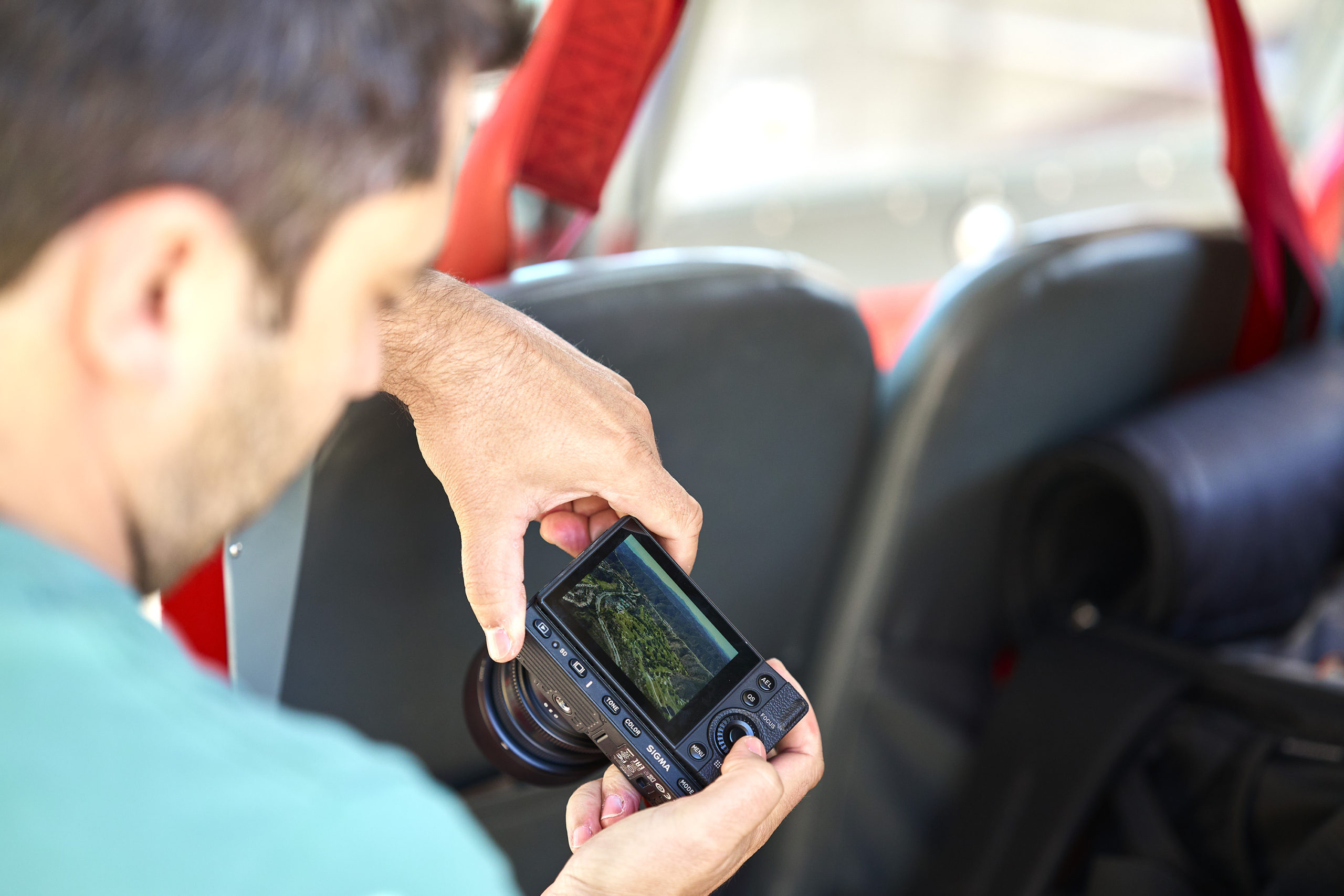
The camera comes with an array of features to help one achieve stunning images with ease. A full-time electronic shutter allows for shooting with virtually no sound or camera shake (due to the shutter shock) even when going full blast at 18 frames per second. This was a very welcome feature when traveling at a few hundred miles per hour.
In addition, 49 high-precision Auto Focus (AF) points, as well as low-light AF, means your images are sharp no matter the light range, and the dust and splash-proof structure means that the elements will not get in the way of your creativity.
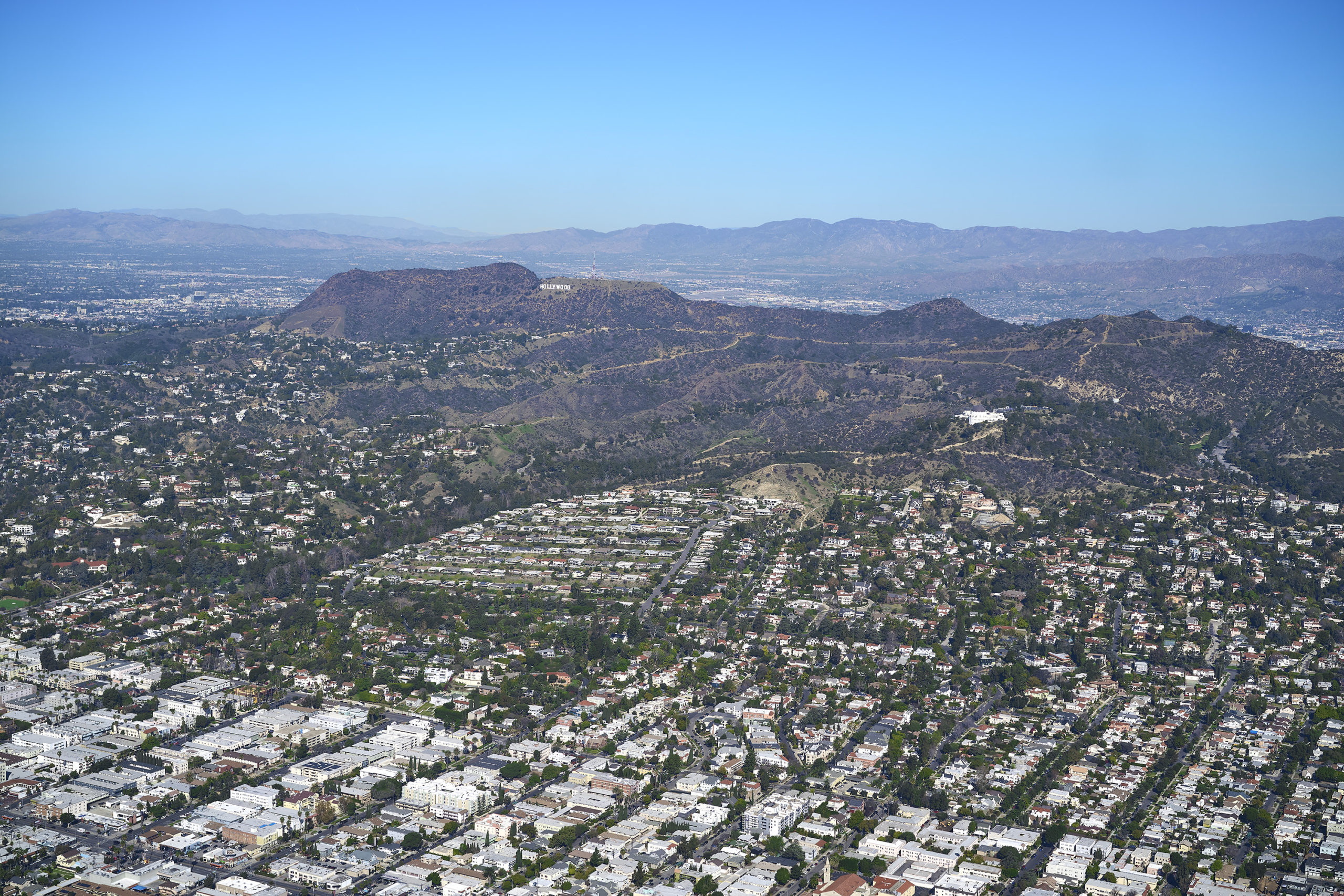
As mentioned above, the lenses for this project included the 35mm F2 DG DN | Contemporary, 45mm F2.8 DG DN | Contemporary, and the 65mm F2 DG DN | Contemporary. All three lenses are very compact in size, making them convenient to pack, and thanks to the all-metal construction, I didn’t have to worry about babying them. I could just toss my gear in a bag and go, confident that this equipment could handle the job.

The Experience: How the SIGMA fp Handles 1,000 Feet Up
On paper, the SIGMA fp is the perfect tool for aerial photography. But how did it fare? In short, incredibly well. All of the above features really came into their own when we were up in the air. Being so light meant that it was easy to maneuver, and I was not tired after hours of handholding both the camera and the very compact lenses.
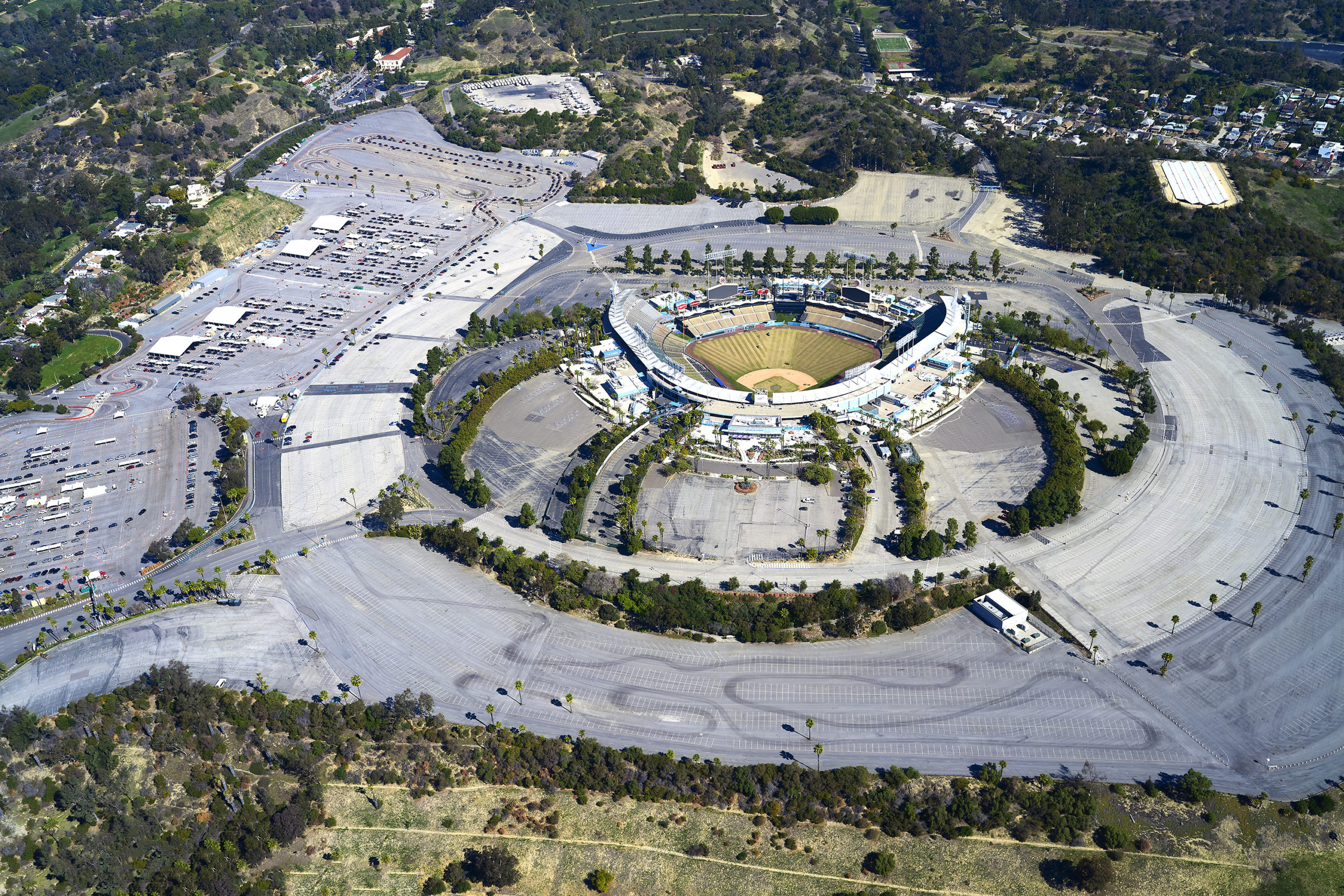
It also allowed me to achieve certain shots that would have been very difficult with bigger and heavier cameras. Being in a plane with the doors off, it was very easy for me to lean out and shoot straight down without my pilot having to perform a more dangerous and demanding corkscrew maneuver. This allowed me to be more stable thus leading to sharper images. The autofocus of the SIGMA fp was incredibly quick and responsive, further guaranteeing pin sharp images regardless of the speed we were traveling, and the water from the flash rain shower we flew through was quickly wiped away without interrupting the shoot.
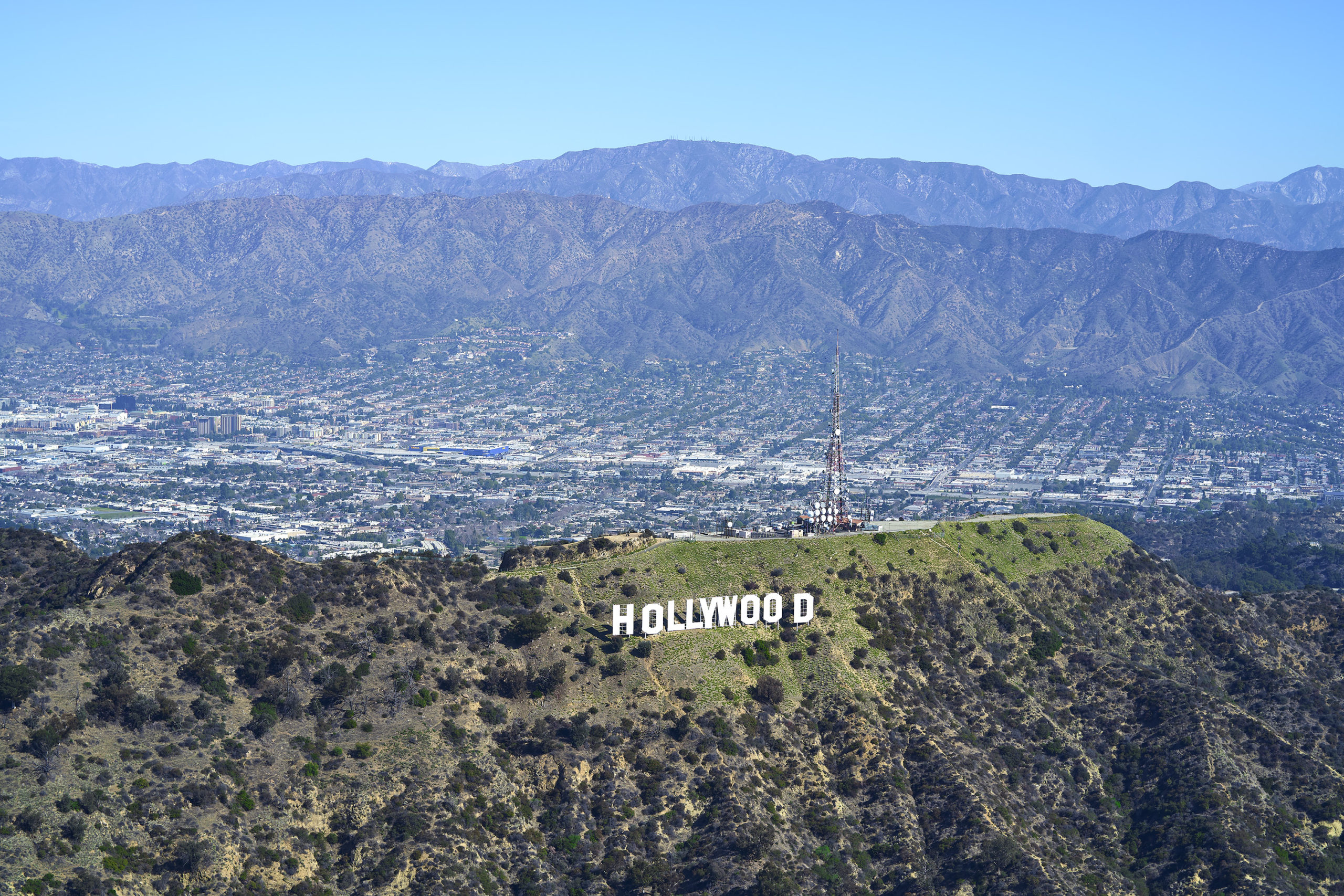
Shooting through the live view monitor was a huge benefit. The large LCD screen was crisp even when in direct sunlight, and was adaptive to shifts in the light conditions. Typically, I lose valuable time constantly switching back and forth between the viewfinder and the LCD screen, but this was not an issue with the fp. It was all there right after I hit the shutter, meaning I could shoot more, for a longer period of time. For once, I was not waiting on the technology to catch up with my shooting style and demands. I was more in sync with what I wanted to focus on as the subjects were rapidly changing below me.
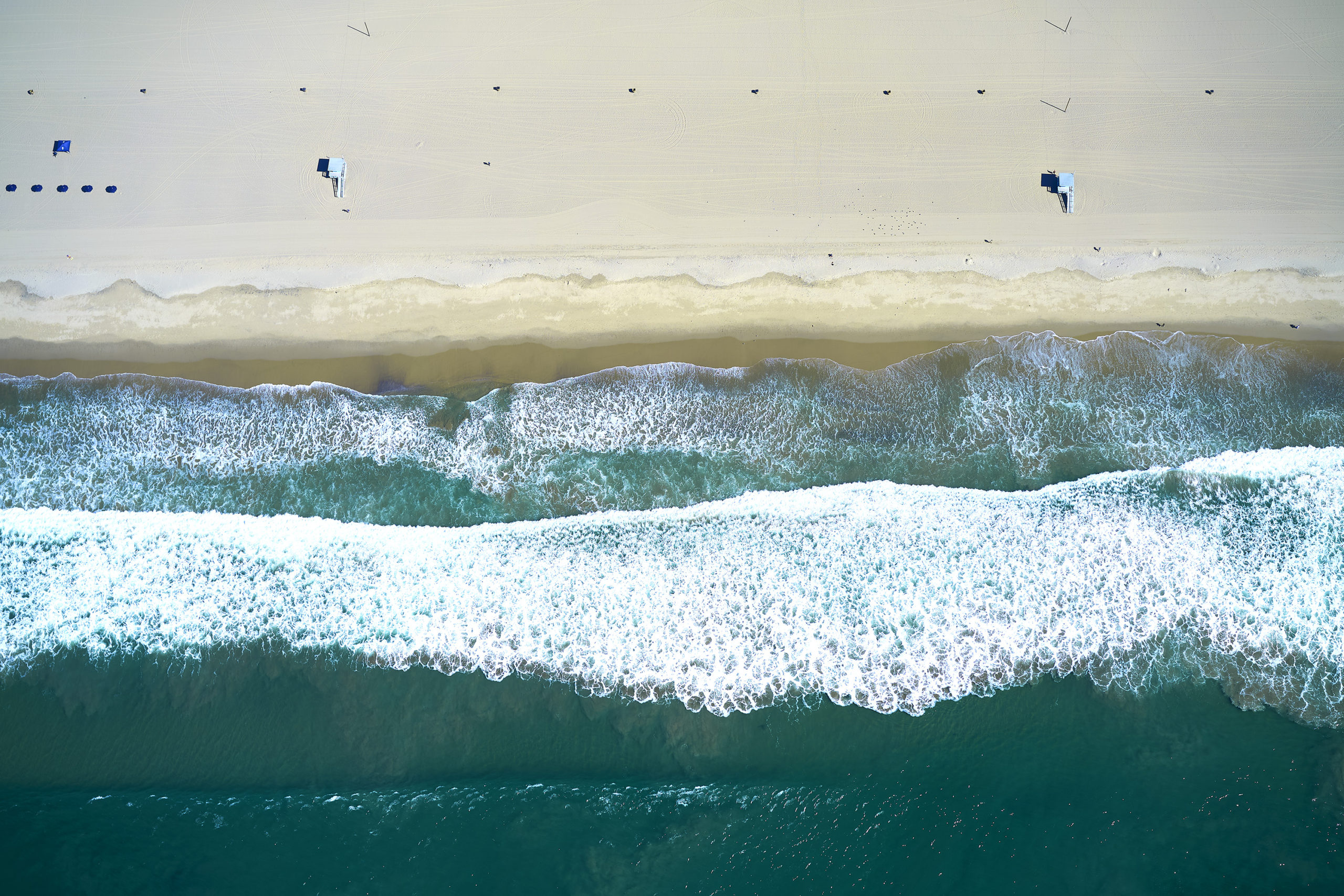
Of course, no matter how good any given camera body is, if you have poor quality lenses, it is all useless. The lenses need to be able to keep up with the speed and resolution of the sensor. All the SIGMA I series lenses had equally solid construction to the fp, with all-aluminum bodies and hoods. Their compact size and light weight were again a very welcome feature, with the 45mm F2.8 DG DN | C lens weighing just 7.6 ounces (215g)!
The 35mm and 65mm lenses offer maximum apertures of F2, which, simply put, provided me the flexibility to shoot more open than most compact lenses. When you are in the midst of a corkscrew maneuver, your light source (the Sun) is always changing, so having the option to have a more open aperture meant that with a quick adjustment, I could accommodate that drop in light and still continue shooting well-balanced images. And equally important, because of the high optical quality, the images would be sharp edge to edge every time. Regarding focusing, I prefer to shoot in manual focus mode, and I found that the focusing rings on the lenses were smooth and easy to operate, yet still had that lovely weight to them when turning. They offer a solid build and feel.
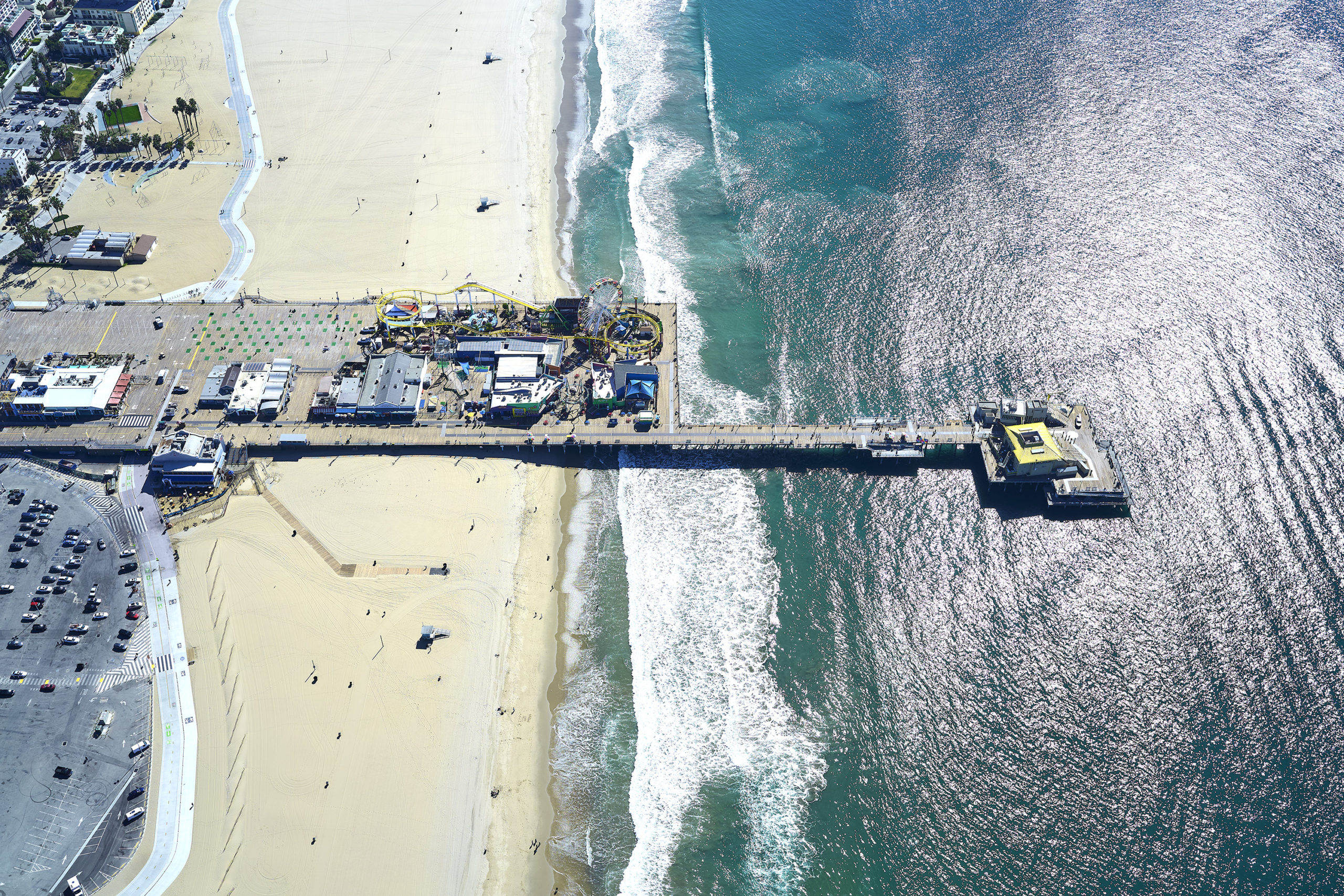
Not wanting to miss any shots, I had two SIGMA I series lenses mounted on both fp bodies throughout the shoot, so it was easy for me to switch between them and did not take up a large footprint in the back of the plane. This was a huge benefit to keep the shoot fluid and not be distracted with constantly changing lenses and maneuvering in a tight space. When I did have to switch lenses, it was quick and efficient and completed in under five seconds. Aerial photography is an expensive activity, so saving time and focusing more on shooting rather than camera and lens management leads to less time in the air and therefore money saved.
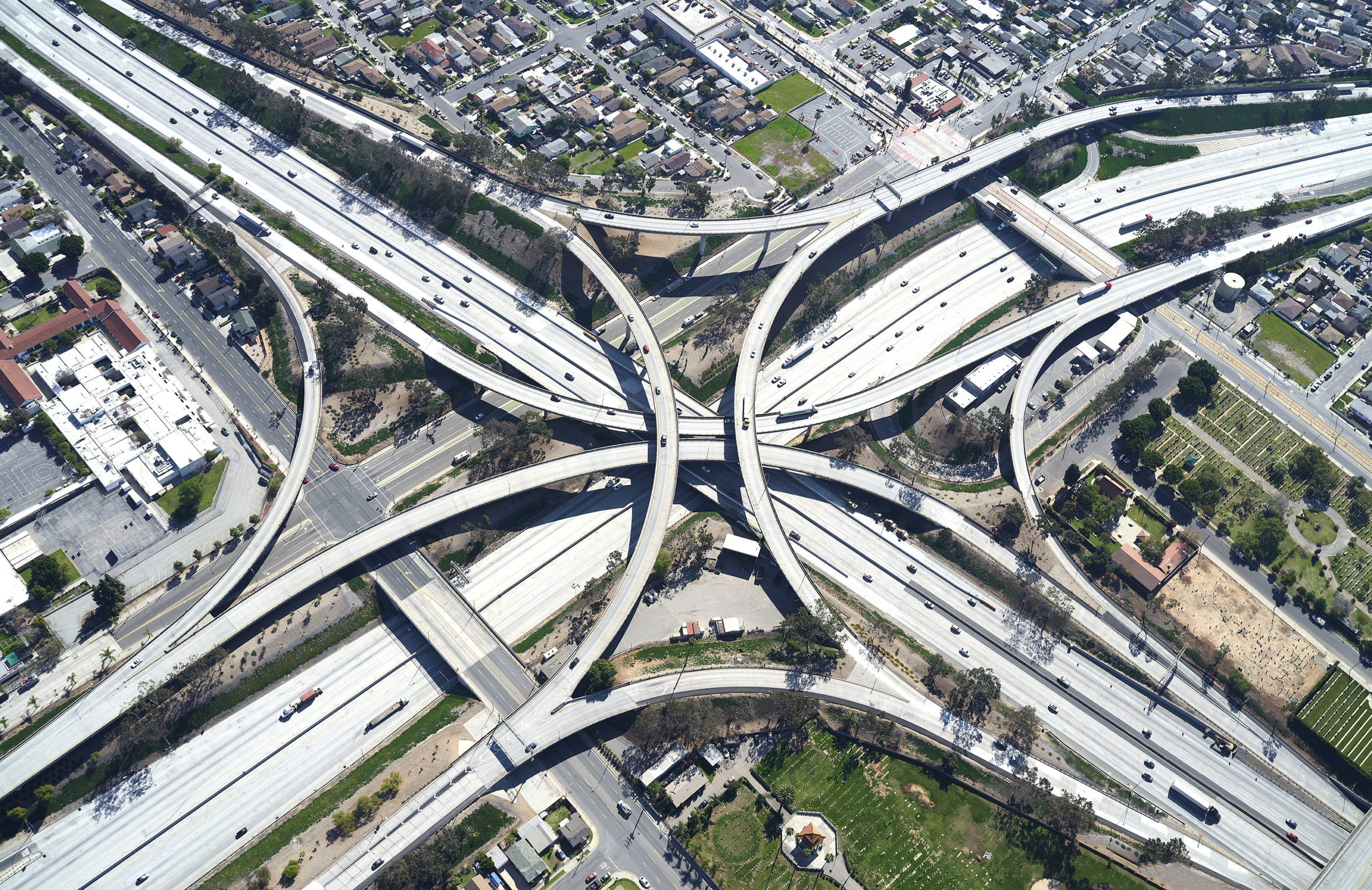
The Photos: Post-Production and Final Results
Once the shoot is complete, my process moves to the next phase, which is post production. Sorting through the hundreds of images can be time consuming, but it is necessary to narrow down the final chosen shots. It should be said that anything that wasn’t a keeper had nothing to do with the performance of the equipment. With excellent quality throughout the set, I had a larger pool of images to choose from and therefore a better selection of final photographs. The camera performed amazingly well considering the stresses I put it through.

The color profiles could easily be adjusted, not only on the go in-camera, but also in post. With a 14-bit color DNG, I have a wide gamut at my disposal to make edits to an image with laser-like precision. The DNG files are clean and sharp throughout, so my main editing consideration was the composition itself, and not sifting through each and every one to see what is lacking in image quality. This greatly sped up my post production workflow, and we all know that saving time in post is saving money overall.
Conclusion: A Flexible, Powerful Mirrorless Camera
The SIGMA fp is a beast in the ever-cluttered world of mirrorless cameras. It is compact, light, with a solid build, yet produces stunningly sharp images edge to edge. From initial concept, the camera was designed to be a flexible tool, such that creatives are not limited to just what it can do straight out of the box. The camera’s all-metal frame was designed so that it can accommodate a multitude of accessories, such as external microphones, lights, monitors, and bigger cages to adapt to your needs and preferences. It is a creative’s dream, and because of its small footprint and 4K at 30fps video capabilities, it works brilliantly as a camera to stick on the side of cars and planes for POV shots. I have used the fp in the past for such instances, and the look and feel we were able to create was unique and of the highest quality.



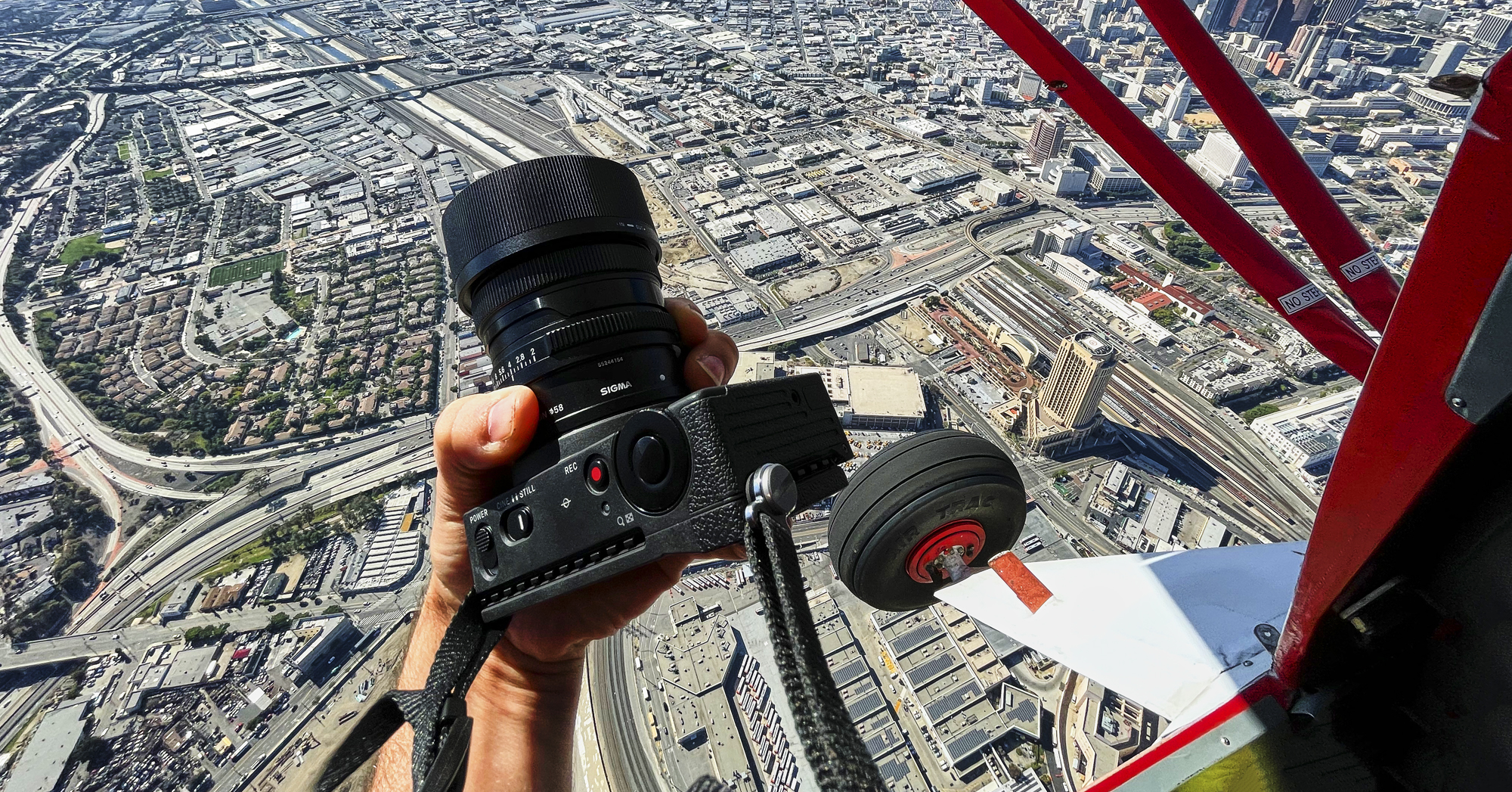
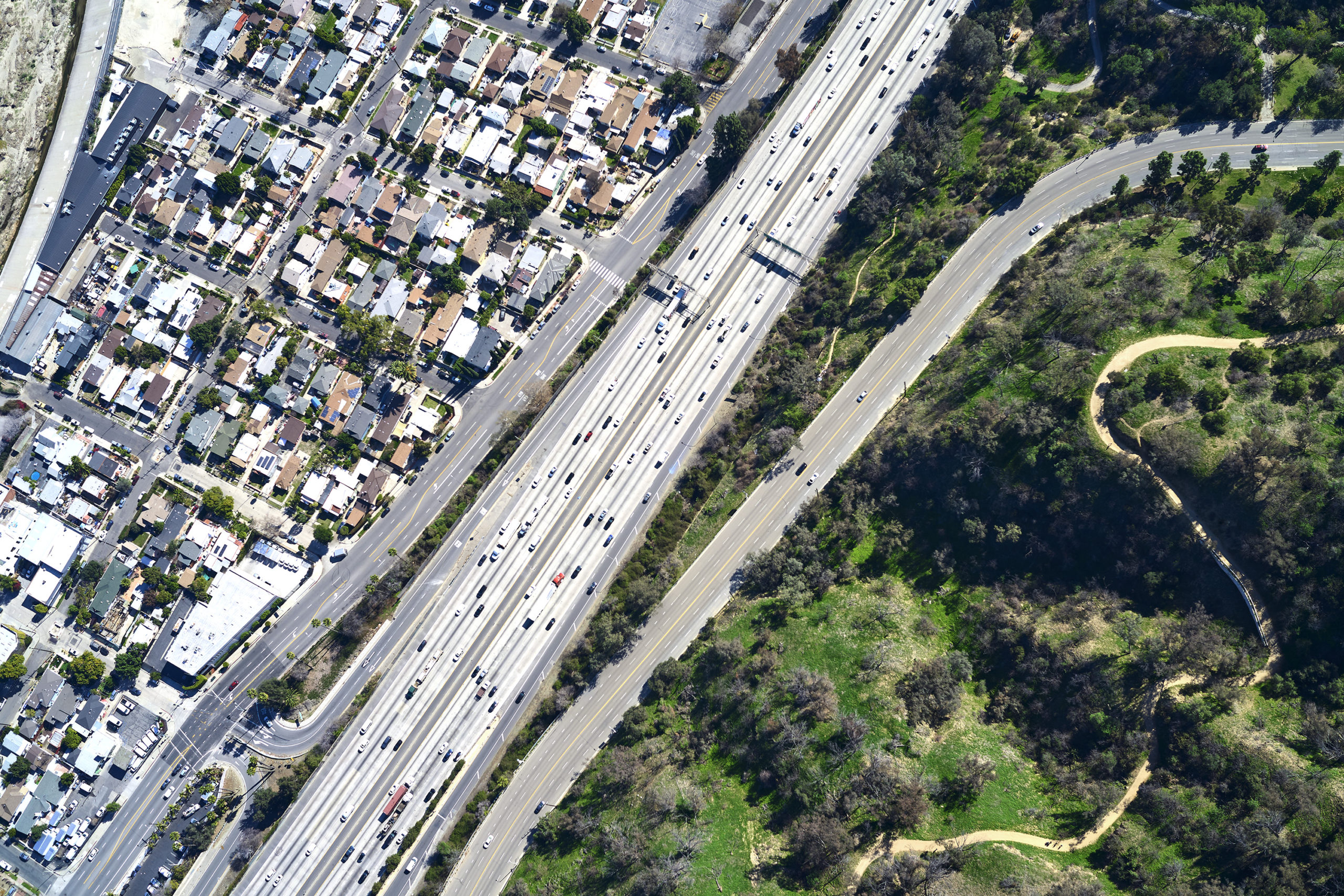
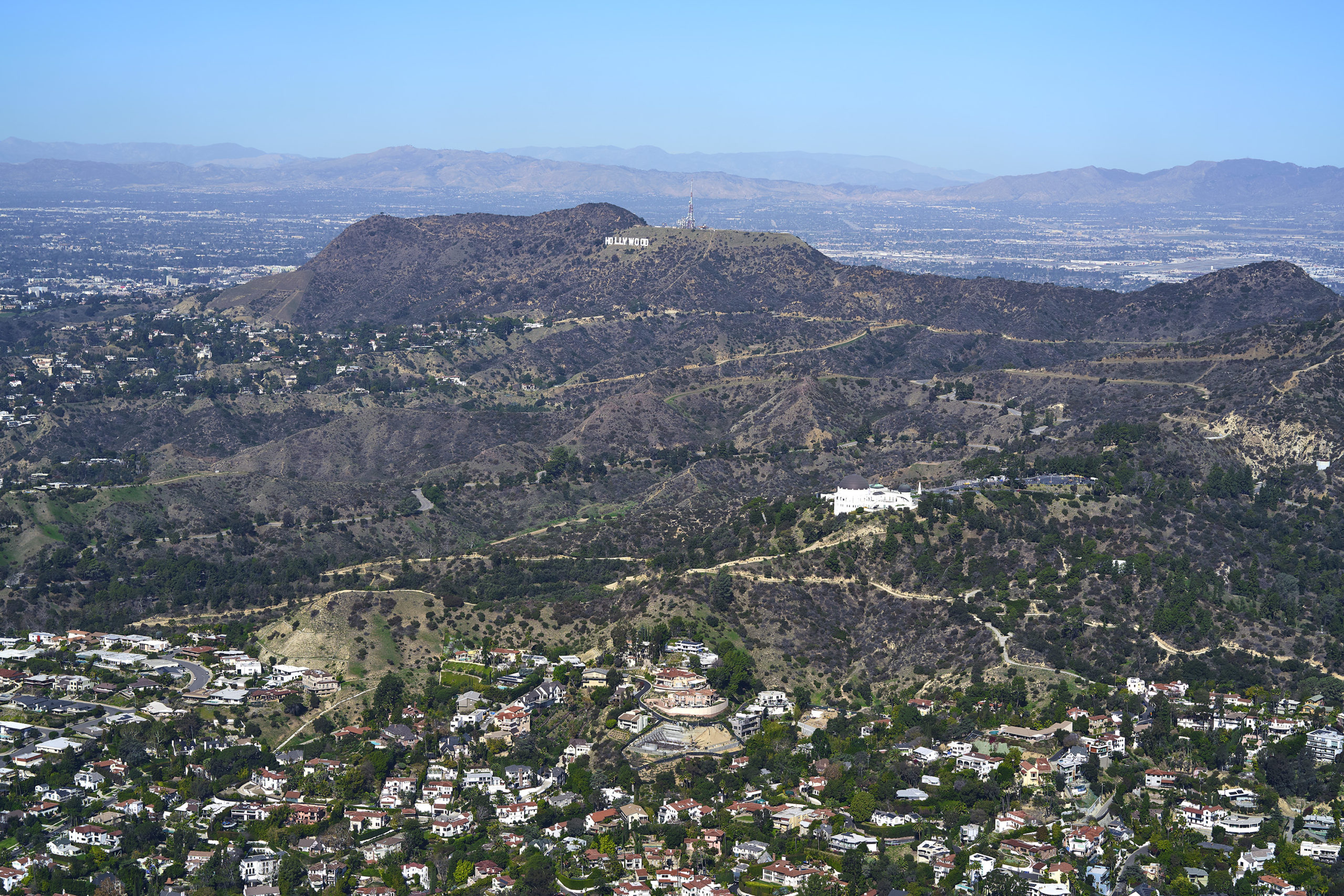


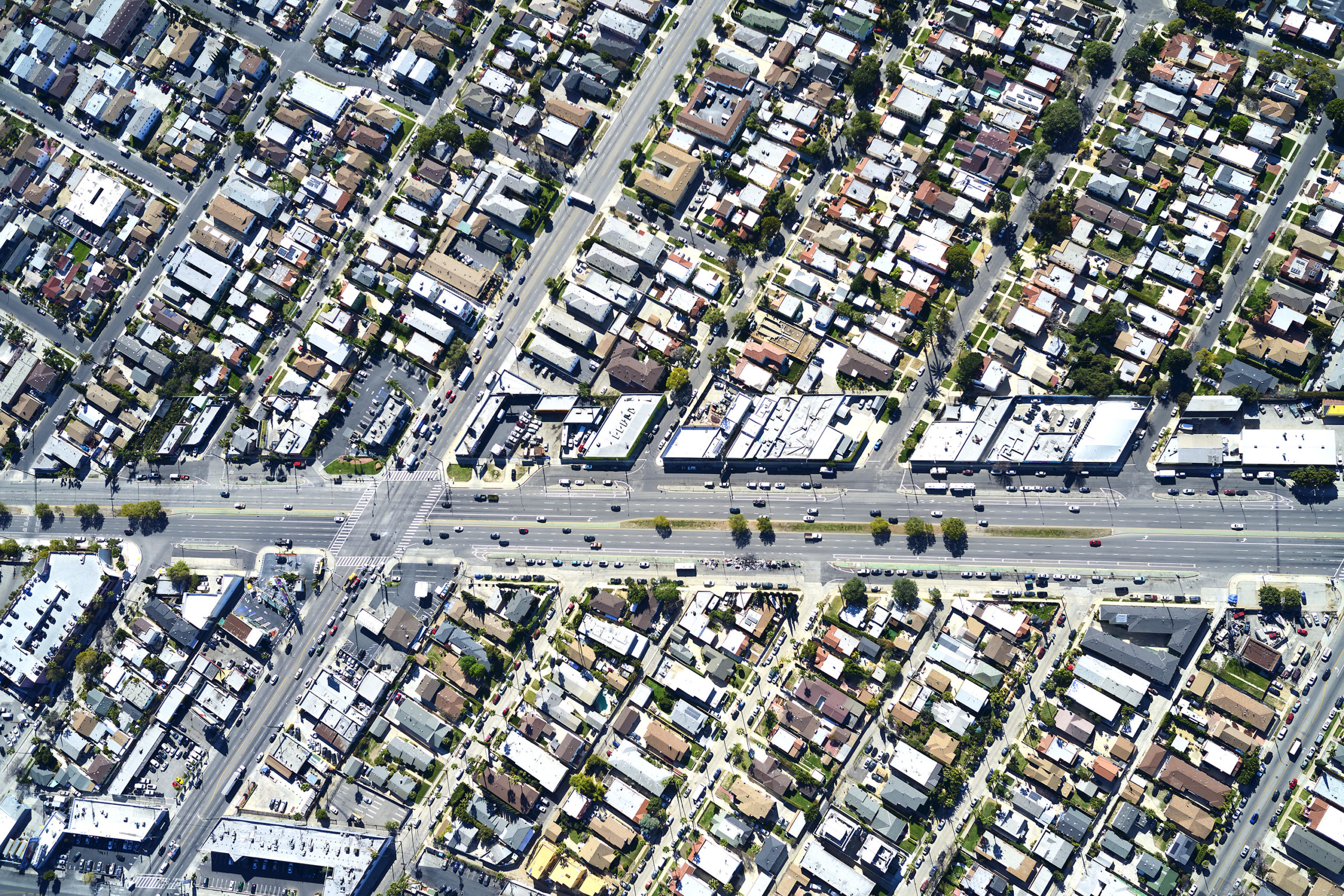
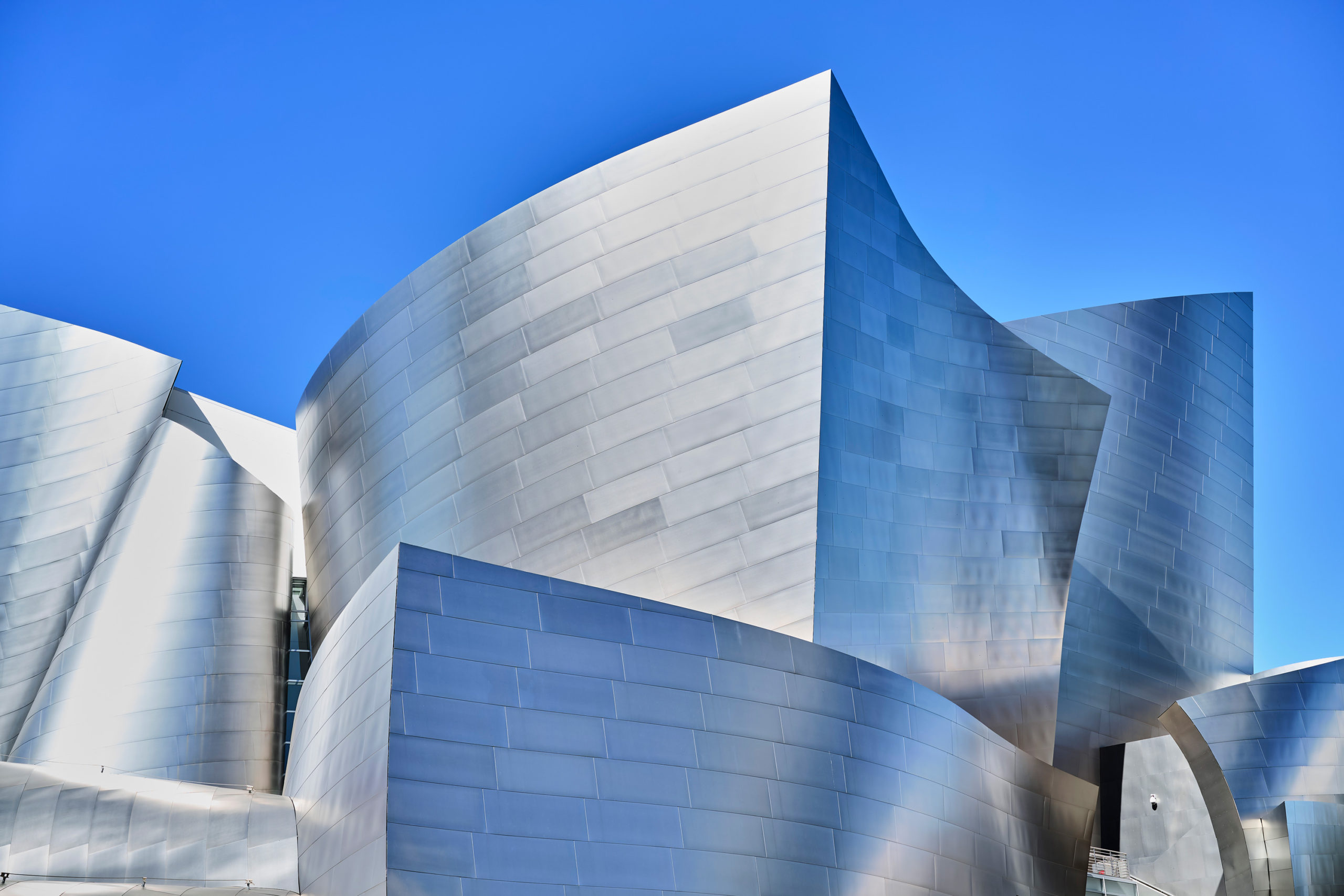
Brilliant shots! Very crisp for an LA Skyline no doubt.